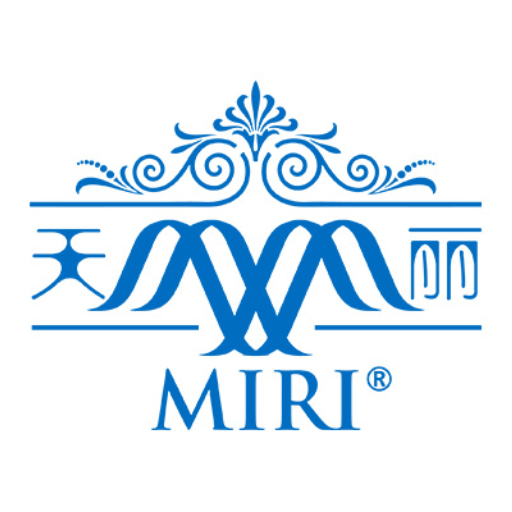Menstrual Cycle
Menstruation is the release of blood and endometrial tissue through the vagina that occurs as part of the normal menstrual cycle. Menstrual disorders may involve the absence of menses (amenorrhea), abnormal vaginal bleeding, or other conditions related to menstruation example toxic shock syndrome.
A woman’s menstrual history begins with her first period (menarche) and continues until menopause. It includes average cycle length, and commonly associated symptoms, such as menstrual cramps, ovulation pain, premenstrual syndrome (PMS), or premenstrual disorder.
Menstruation is understood as an external hemorrhage from the sexual organs, is only the outward and visible sign of a highly complex process. Menstruation occurs at intervals of 25 days or four weeks and ceases after a varying number of days. The other and more important part of the menstrual cycle is not outwardly perceptible and consists of the release of an ovum from the ovary.
In a woman’s life, she may experience a temporary interruption of menstruation during pregnancy and nursing. It may also be affected by illness, nervous disorders, or malnutrition.
Normally, menstruation occurs regularly throughout the period during which a woman is sexually mature, which is usually from about the fourteenth to the forty-ninth year. But there are exceptions. The periods often begin at twelve or even earlier at nine years of age, some as late as the twentieth year.
The menstruation usually ceases in the fortieth or fiftieth year, uncommon instances in the thirtieth. There have been cases where some women continued with perfect regularity until the sixtieth year. It is understood, in normal, the earlier the appearance of menstruation the longer the capacity for child-bearing, and vice-versa.
Symptoms of Menstrual
There are factors that influence the date of the first menstruation. The menstrual period is strongly affected by poor diet or health, organ abnormality, climates, and lifestyle habitual. Puberty is reached earlier in some southern countries than in northern ones, as is also menopause. Before or during the period, the female body will signal or carry some symptoms to sense the arrival of menstrual. For example, contraction in the lower abdominal, a feeling of heaviness, constipation, swelling or pain in breasts, and sensitive nipples. Some complaints of thirstiness and backache. There may be nervous symptoms, headaches, irritability, feverish, etc. In short, women at that time feel “unwell.” This feeling is usually relieved when the menstrual flow begins. However, often it remains throughout the menstruation period.
All these complaints are part and parcel of the natural process and there are few women who menstruate without discomfort and pain. But it if these typical symptoms become intensified and constant in every period such as; violent spasmodic cramps and the pains become intolerable, if simple dislike to food turns nausea, or if slight nervousness becomes a real psychosis. Then it is no longer normal but a disturbance of menstruation that must be diagnosed and *treated.
*Menstrual pain can be very agonizing if not properly treated. Many girls and women gave up their studies, work, or activities temporarily and seek medical leave for a day or two every month, some even spend two or three days in misery owing to menstrual pain.
In such cases, a doctor should be consulted. Firstly, to find out the reason for the pain, in each individual case, only after the cause has been accurately diagnosed is it possible to make a successful attempt to cure it. There are many cases where the pain is due to incomplete development of the uterus (twisted uterus) associated with the presence of a curve in the organ. Instead of the blood flowing out freely, it is dammed back at the point where the curve or twist is, and the uterus has to make spasmodic contractions in order to force it past the obstruction. Hence, these contractions cause pain.
There are many prescribed drugs for the relief of menstrual pain. Some are effective in the relief of menstrual pain but not advisable to take them frequently.
This applies also to the cycle and duration of the flow. Take for instance the healthy woman as standard. If menstruation occurs irregularly or if it fails to occur at all, interruption or disturbance of the genital system may be presumed.
